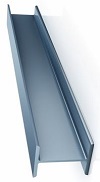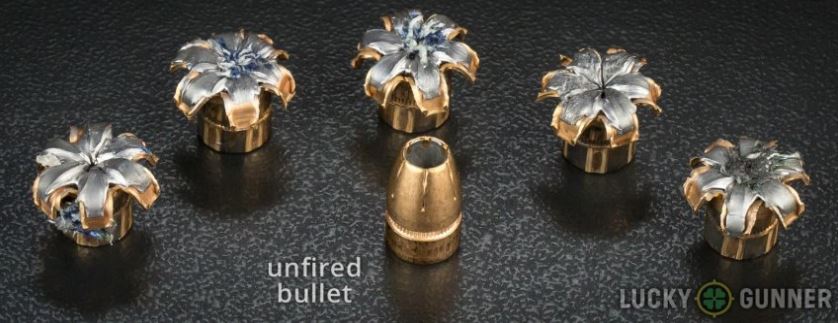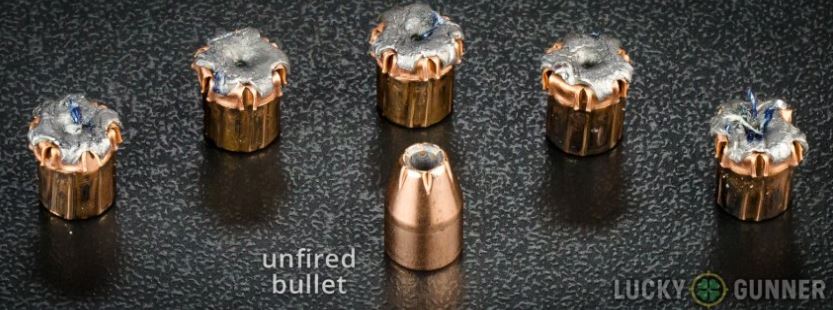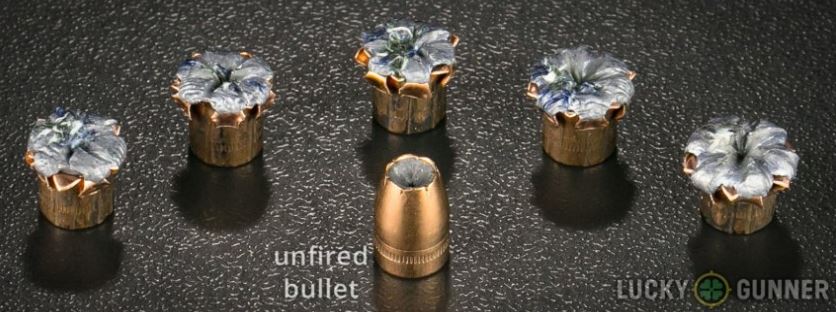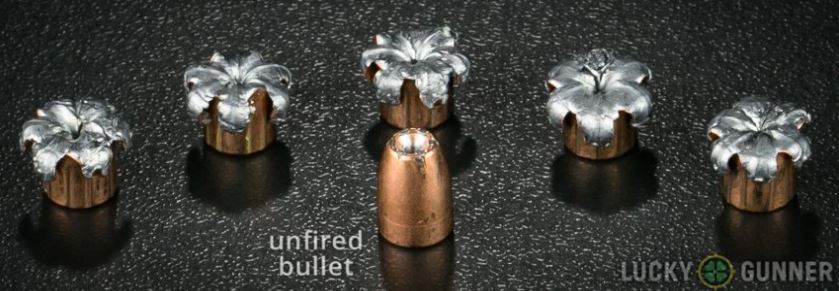No, this isn’t about comparing the sexual prowess of the late John (“Mr. Eleven”) Holmes with that of the average male Gender Studies college professor.
We’re talking guns and bullets. Specifically, we’re talking about this guy’s article, in which the following statement stands out like a turd on a tablecloth:
[In shorter-barreled handguns]…averaging out a spread of .357 Mag self defense loads essentially produces 9mm terminal performance.
…
I truly want to carry a revolver for self defense… but I can’t ignore all the drawbacks of .357 Magnum at zero increased benefit vs. 9mm.
In other words, if I’m reading his results correctly, a .357 Mag boolet fired from a 2″-3″ revolver barrel performs about the same as a 9mm boolet fired from a pistol barrel of 3.5″ length. So if yer going to carry a .357 Mag revolver and you want the maximum performance from the cartridge, you’ll want to carry a 6″ barrel on that revolver — i.e. it’s not going to be concealable.
Quite frankly, I feel faint. I know a number of gunnies — very knowledgeable ones, at that — who carry .357 snubbies because of the cartridge’s assumed superiority over a 9mm. If the tests are to be believed (and I think they should be), these guys have been wasting their time. And, to make it worse, they’ve sacrificed cartridge count (five in a snubbie vs. eight in a 9mm subcompact) in so doing.
I’m just glad that both my primary carry guns (Browning High Power and Springfield 1911) have full-length barrels, and my S&W snubbie is purely a backup. I’m not being smug; I’m just relieved.
And for the record: I’ve never enjoyed shooting a .357 Mag snubbie, because owie.
Addendum: also note the following conclusion from the article:
In terms of FBI terminal ballistics, [the .45 ACP is] the runaway champ. Individuals will need to consider limited capacity and felt recoil vs. less powerful calibers, and how that translates into making effective hits on a bad guy in a timely manner. However, with a quality .45 ACP self defense round, I sincerely doubt any failure to stop a bad guy can be blamed on the choice of caliber.


